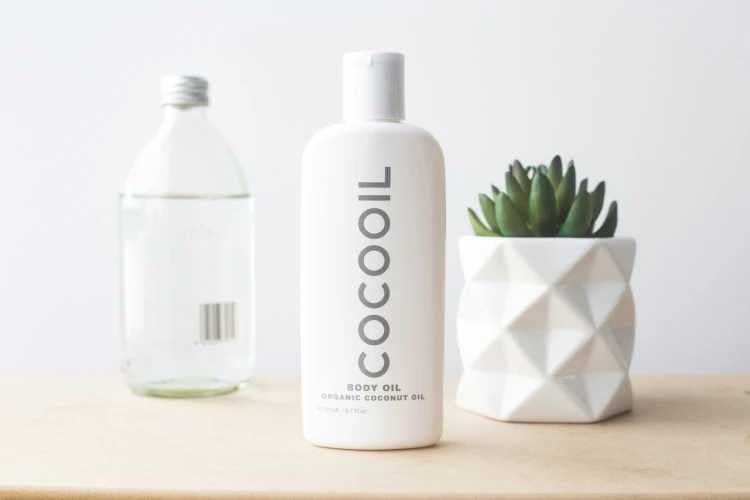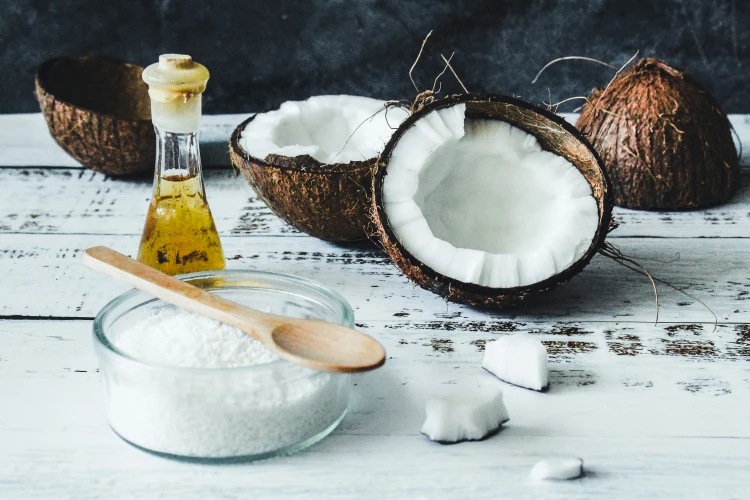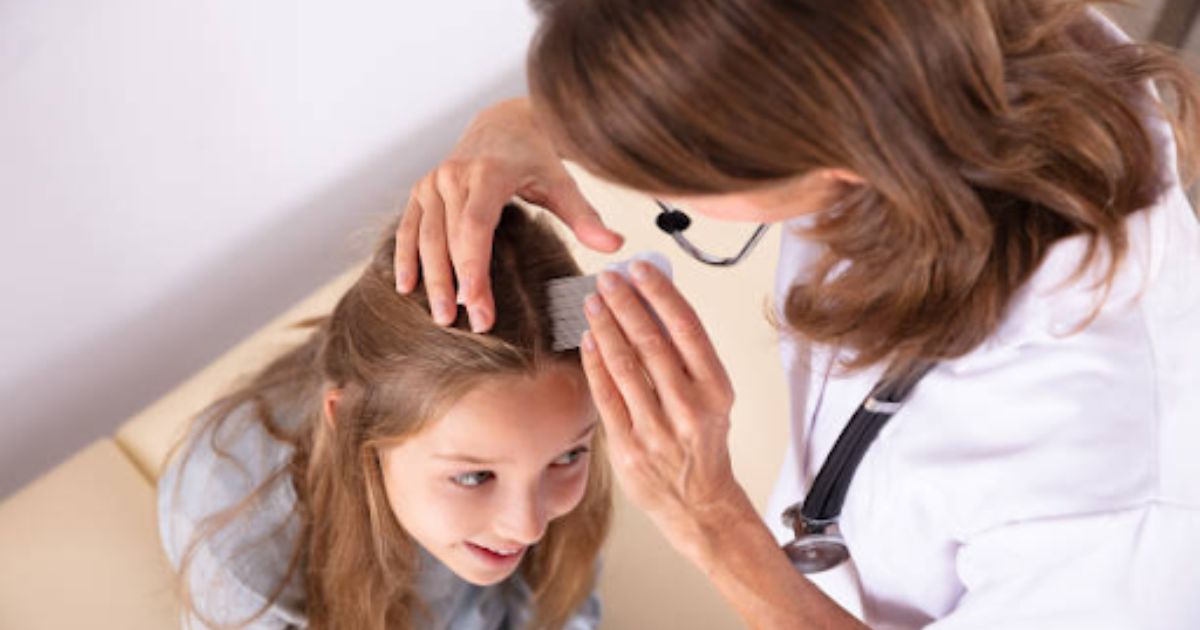Lice infestations, particularly head lice, have been a persistent challenge for individuals and families. As people seek alternative and natural remedies for lice treatment, coconut oil has gained popularity as a potential solution. But does coconut oil kill lice?
In this blog, we will explore the effectiveness of coconut oil for lice treatment, addressing the question: Does coconut oil kill lice? We break down the basics of lice treatment, the use of coconut oil, the importance of prevention, and the role of professional tools like lice combs.
By the end of this article, you’ll know the answer to “Does coconut oil kill lice?” and understand the most effective treatment for head lice.
Table of Contents
The Basics of Lice and Lice Treatment
Before delving into the coconut oil debate, it is crucial to understand the basics of lice and conventional lice treatment. Head lice are tiny parasitic insects that infest the human scalp, feeding on blood and causing itching and discomfort. Lice are highly contagious and often spread through direct head-to-head contact, making schools and close-knit communities common breeding grounds.
Traditional lice treatment involves over-the-counter or prescription pediculicides, which are chemical compounds specifically designed to kill lice. Additionally, mechanical removal using a fine-toothed lice comb is a crucial step in eliminating both live lice and nits (lice eggs). However, as awareness of potential side effects and resistance concerns with pediculicides has grown, individuals have turned to natural remedies like coconut oil as an alternative.

Does Coconut Oil Kill Lice?
Coconut oil has been touted for its numerous health benefits, including its antimicrobial properties. Some believe that coconut oil suffocates lice by clogging their breathing pores, leading to their eradication. While coconut oil may have some potential suffocating effects on head lice, scientific evidence supporting its efficacy as a standalone treatment is limited.
Research suggests that coconut oil may be more effective against the nymphs and adult lice than against unhatched eggs. However, the effectiveness can vary, and there is a lack of standardized guidelines for application and duration, making it challenging to draw definitive conclusions about the effectiveness of coconut oil in killing lice.
Moreover, coconut oil treatment requires thorough and consistent application, as well as the use of a lice comb to mechanically remove lice and nits. This manual removal process is crucial for any lice treatment, as it helps eliminate both live lice and unhatched eggs. So while coconut oil may kill some lice, it is unlikely to be a reliable solution. Coconut oil does not kill lice reliably enough to use it as a standalone treatment option.
The Role of Lice Combs in Effective Lice Treatment
While coconut oil may be part of the natural head lice treatment conversation, the importance of using professional tools like lice combs cannot be overstated. Lice combs are designed with fine, closely spaced teeth to catch and remove lice and nits from the hair shaft. Unlike regular combs, lice combs are specifically engineered for thorough and efficient removal, reducing the risk of re-infestation.
When using coconut oil for lice treatment, combining it with a lice comb enhances its effectiveness. The combing process helps remove lice and nits that may be resistant to the suffocating properties of coconut oil alone. Additionally, regular combing with a lice comb aids in early detection and monitoring, providing a proactive approach to preventing severe infestations.

Ineffective Lice Prevention and the Importance of Preventive Measures
While coconut oil may have some merits as a treatment option, it is essential to recognize its limitations in preventing lice infestations. Relying solely on coconut oil or similar natural at-home lice treatments or prevention may not be sufficient, especially in environments with heightened lice exposure. Therefore, to effectively prevent head lice requires a multi-faceted approach, including:
Educational Initiatives:
Promoting awareness about lice, their transmission, and effective lice preventive measures is crucial. Educational initiatives in schools and communities can help reduce the stigma associated with lice and empower individuals to take preventive actions.
Regular Screening for Head Lice
Routine head checks, especially in high-risk environments, contribute to early detection and prompt treatment. This proactive approach minimizes the spread of lice within communities. If you have small children you should be checking their scalps weekly, and even more often if you know someone at their school or daycare has lice.
Personal Hygiene Practices
Encouraging personal hygiene practices, such as avoiding head-to-head contact and not sharing personal items like combs, brushes, and hats, can significantly reduce the risk of lice transmission.
Use of Preventive Louse Products
Over-the-counter lice prevention products, including shampoos and sprays, can act as a deterrent. However, their efficacy varies, and individuals should use them in conjunction with other preventive measures.
Environmental Measures
Regular cleaning of personal items, bed linens, and shared spaces helps eliminate stray lice and reduce the risk of re-infestation. Make sure to use hot water when cleaning your belongings.

So No, Do Not Use Cocunot Oil To Kill Head Lice
So, does coconut oil kill lice? No. While coconut oil may have some potential benefits in lice treatment, its effectiveness as a standalone solution remains inconclusive. The suffocating properties of coconut oil may impact adult lice, but a comprehensive treatment involves a consistent application, mechanical removal with a lice comb, and ongoing monitoring. For proper head lice prevention, it is essential to approach the issue with a well-rounded strategy that includes education, regular screening, personal hygiene practices, the use of preventive products, and environmental measures.
Professional tools like lice combs play a vital role in the effectiveness of any lice treatment, including those incorporating coconut oil. As individuals navigate the complexities of lice treatment, consulting with healthcare professionals and lice removal experts can provide valuable insights tailored to specific situations.
The quest for effective lice treatment and prevention requires a balanced approach, incorporating both natural remedies and proven methods to achieve optimal results and peace of mind.
Where Can I Find Professional Lice Treatment Near Me?
Hopefully after reading this, you can answer the question “Does coconut oil kill lice?” with a confident “No!’ At The Lice Clinics, we are your dedicated partners in lice treatment, providing a comprehensive approach to ensure effective and lasting relief. We offer a variety of safe, non-toxic, and efficient treatments for lice and nit removal. Our skilled technicians employ professional lice combs to guarantee a thorough removal process, preventing re-infestation.
With a commitment to personalized treatment plans, we tailor our approach to meet your unique needs, whether it is a single session or ongoing support. Beyond treatment, we prioritize education on lice prevention, and personal hygiene practices, and offer compassionate support throughout the process. Our dedication extends to post-treatment care, including follow-up checks to ensure the sustained effectiveness of our approach.
At The Lice Clinics, we stand by you, ready to unlock solutions and bring an end to the challenges posed by lice infestations. Contact our lice removal specialists today to learn more about treatment.

